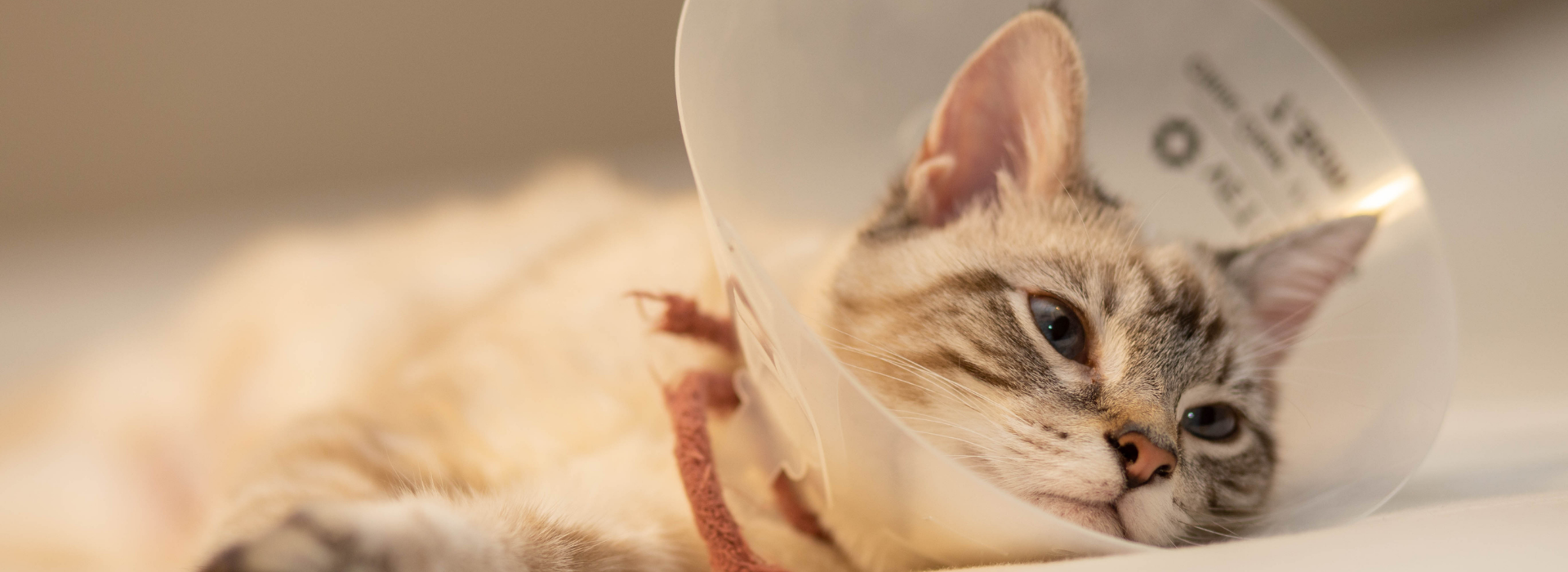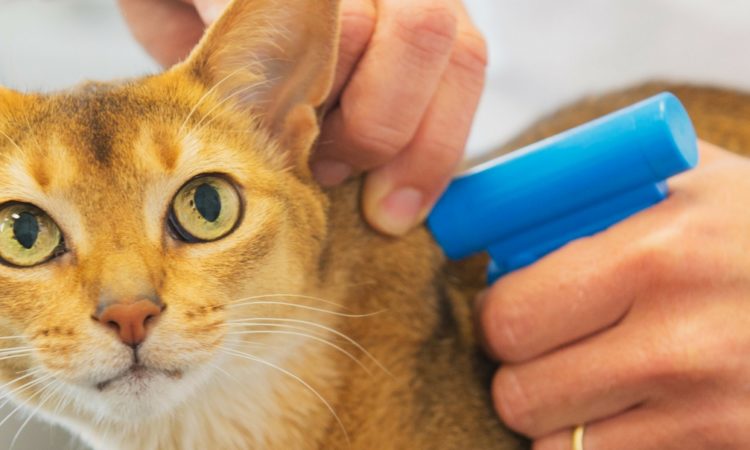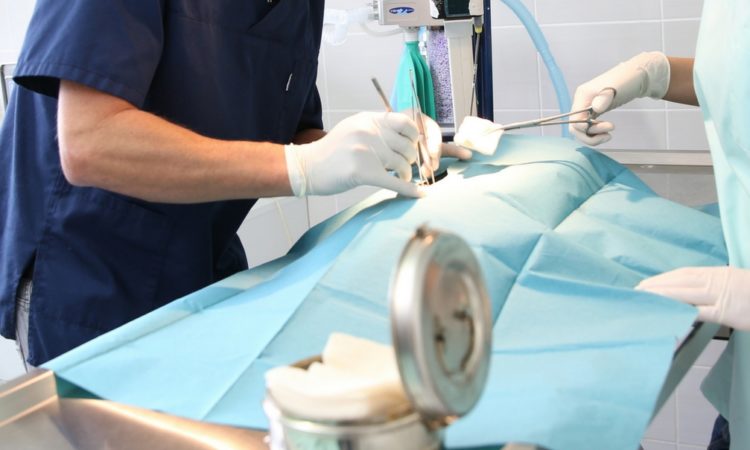Spaying and neutering are routine surgeries we perform at our hospital. Both procedures prevent pets from reproducing. Although the procedures are considered routine, our team follows strict protocols to ensure the safety of our patients. To reduce the number of veterinary visits for our patients, we can also perform spays and neuters when your pet has other procedures.
What is spaying and neutering?
Neutering is performed on male pets. During the procedure, the testicles are removed through an incision near the scrotum. Spay surgery is performed on females. The ovaries and uterus are taken out through the abdomen. The procedures require anesthesia which means that your pet will need pre-anesthetic testing. We run tests to ensure that your pet will recover and to determine the safe dose of anesthesia for their specific needs.
What are the benefits of the procedure?
Aside from preventing unwanted pregnancies and overpopulation, the surgeries provide the following benefits:
- Reduction of bad or undesirable behaviour – Before the surgery, your pet may be aggressive, fight other pets, and hump or spray objects. These behaviours typically stop once they are spayed or neutered.
- Prevent infections and cancer – Since the reproductive organs are removed, your pet won’t develop uterine infections, ovarian or prostate, and testicular cancer.
When should I have my pet spayed or neutered?
Cats and dogs generally have spay and neuter surgery right before they turn 6-months-old. At this age, pets usually begin the heat cycle and want to procreate. Even if your pet is older, they can still have the surgery. To have your pet spayed or neutered, reach out to us at 403-249-3411.






